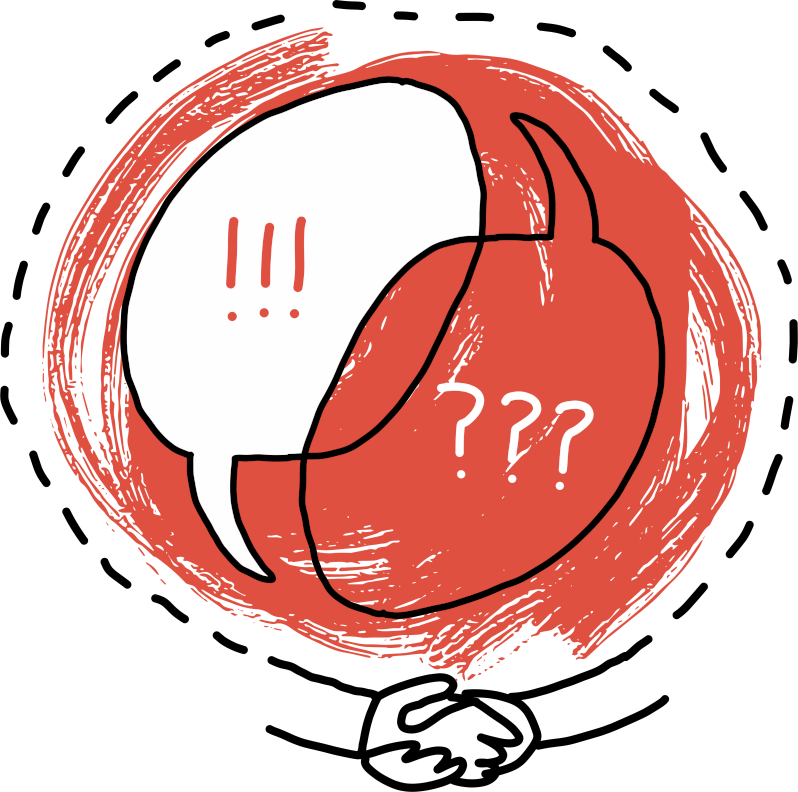2. Interaction and Cooperation
Interaction is a phenomenon where people are observed in relation to each other. In many ways, it is intertwined with training in the field of education and the educational expertise constructed there as (a) competence, (b) inclusion and participation, and (c) spaces of encounter. In investigating the phenomenon, these perspectives overlap and complement each other. The phenomenon is examined in the formal, informal and culturally diverse learning environments of childhood, adolescence and adulthood.
 Interaction and cooperation as competence focus on the interaction-related knowledge, skills and attitudes that people need in order to promote learning, growth, development, change and wellbeing in both individuals and communities. Interaction and cooperation competence implies the ability to act in an ethically sustainable way in an interactive educational and guidance relationship with children, adolescents and adults. Furthermore, it implies the ability to serve as expert and partner within one’s family, workplace community and multiprofessional network. Competence manifests itself as the ability to observe, listen, give and receive feedback, as emotional and self-expression skills, and as the ability to communicate through multiple channels.
Interaction and cooperation as competence focus on the interaction-related knowledge, skills and attitudes that people need in order to promote learning, growth, development, change and wellbeing in both individuals and communities. Interaction and cooperation competence implies the ability to act in an ethically sustainable way in an interactive educational and guidance relationship with children, adolescents and adults. Furthermore, it implies the ability to serve as expert and partner within one’s family, workplace community and multiprofessional network. Competence manifests itself as the ability to observe, listen, give and receive feedback, as emotional and self-expression skills, and as the ability to communicate through multiple channels.
Interaction and cooperation as inclusion and participation focus on encounters and nonencounters, on dialogue and monologue, and on the tensions between them. Essential in examining the phenomenon from this perspective are the motives, means and strategies that express, build or harm one’s relationship with others. Participation and inclusion are also essentially associated with the investigation and understanding of individual and group relationships, group dynamics, and the building of community spirit (e.g. collaborative learning).
The spaces of encounter are concrete and abstract as well as physical and virtual spaces. In analysing interaction and cooperation as a phenomenon, we take into account the cultural conditions of encounters, such as values, norms and conventions. The targets of observation also include the processes and regularities that define the nature and dynamics of relationships typical of professions in the field of education (e.g. shared knowledge construction, responsibility and power relationships).
The phenomenon of interaction and cooperation is connected to the psychology of education, the sosiology of education and the philosophy of education. It can be analyzed through a range of the key concepts of educational sciences, including learning, guided learning, learning environments and pedagogy.
